Monday, December 31, 2018
Friday, December 28, 2018
Thursday, December 27, 2018
Wednesday, December 26, 2018
Monday, December 24, 2018
Friday, December 21, 2018
Thursday, December 20, 2018
Wednesday, December 19, 2018
Empowering youth to foster an attitude of service
In 2012, my brother and I established an annual summer camp designed for 11 to 14 year olds from underserved neighborhoods in Contra Costa County, California. The theme for last year’s camp was “Mind-Body-Spirit,” an intensive, holistic health session centered on the importance of finding a healthy balance of the mind, body and spirit, as well as strategies to develop their potential and contribute to society. This encompassed fostering a positive outlook on their oral and overall health.
We focused one day of the retreat on the body, teaching healthy food choices, proper brushing and flossing techniques, and the importance of seeing the dentist every six months. We hoped to change their fear of visiting the dentist by empowering them to take ownership of their oral health.
At the end of this retreat, the children, inspired by their transformations and oral hygiene lessons, carried out their own activist project. Together, we reached out to the Northern California group for Operation Smile and began a drive to make care packages for toddlers across the globe who would undergo cleft palate surgery. The youth decided that each new smile would receive a “Smile Bag.”
In addition to the life-saving surgical care provided for free by Operation Smile, community members around the world volunteer their time to help alleviate obstacles children face in receiving care. Other ways operation smile volunteers contribute are by donating toys, toothbrushes and personal care items, creating quilts to provide warmth and comfort to the children, and crafting “Smile Splints” to prevent children from pulling their stitches during the 24 hours after surgery. Smile Bags are one of the many resources available to Operation Smile patients.
Smile Bags are handcrafted and filled with small personal care items, such as a mirror to allow kids to see their healed lips and new smile for the first time. Other items include cards, stickers and hand puppets made from socks. These hand puppets were designed by the youth volunteers as a fun way to encourage talking, singing and playing. Speech and language pathologists on mission trips with Operation Smile will use these to help kids learn how to pronounce words and sounds in the correct way post-surgery. A single puppet will not only help establish rapport with the children and families and serve as an icebreaker to engage children in play, but it also will explain therapy techniques. With a new mouth, new smile and new voice, each child will have access to an educational toy that will help them learn to speak.
The different anatomic features on the puppets, such as the tongue, eyes, lips and palate, will help speech pathologists show kids how to correctly form new sounds and phrases with their lips and mouth. Nose, hair, clothing and other embellishments were sewn onto the puppets to give them more personality. Sutures sewed onto the “lips” and “palate” would help children understand where the surgery will take place. About 10–15 middle schoolers attended the Operation Smile Service Project and helped make 70 Smile Bags, which were later sent to the Operation Smile headquarters in Virginia.
By combining youth empowerment, oral health literacy and social action through this ongoing partnership with Operation Smile, we have been able to help youth from disadvantaged communities develop their individual powers of expression, capacities for moral reasoning and an attitude of service to others. They learned to take ownership of their own oral health and to critically analyze, serve and transform their neighborhoods, personal lives and the global community at large. I’m blessed and proud of these young volunteers who organized this fun, crafty opportunity to help transform the world not only through service but through newly formed smiles.
~ Keemia Shariati, Predental, University of California Los Angeles ’18
Tuesday, December 18, 2018
Qualities that make a good leader
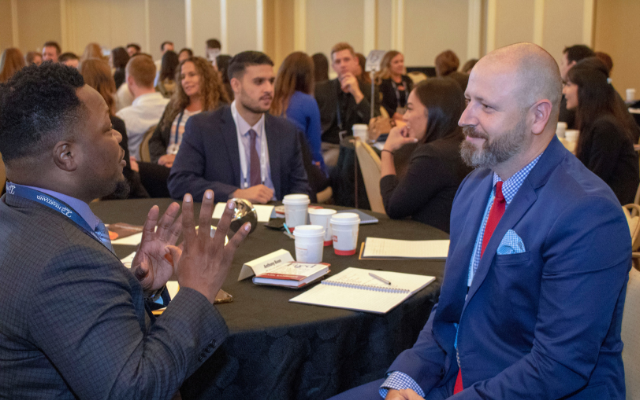
What qualities make up a good leader? To gain more perspective on this, I spoke with some of my administrator colleagues at Heartland Dental to get their take on what they think are valuable traits for supported doctors. The following highlights what they shared with me.
Flexibility
Anybody who has spent time working in a dental office knows that every day is different. A dental schedule never really pans out the way you thought it would when you first walked in the door, and doctor leaders must be amenable to the ever-changing details of the day. To assess this, I might ask the dentist situational questions that address how they have responded to change in the past. This can indicate how one might respond during moments when being flexible is required.
Flexibility also means being open to new ideas and changes within the dental field. As the nation’s largest dental support organization, Heartland Dental is continuously looking for ways to improve access, quality and our supported dental office teams’ ability to enhance their patients’ experiences.
Integrity
Dr. Rick Workman, Heartland Dental founder, often talks about doing the right thing for the right reason, and everything else takes care of itself. It is crucial to have dentists who treat patients as they would want to be treated. The best leaders model the behaviors they expect.
Although it can be tricky for us to predict one’s aptitude for integrity, asking candidates about their past ethical dilemmas and how they reacted is one way we start this line of conversation.
Communication and passion
Dental office teams comprised of dental assistants, hygienists and front-desk personnel look to the doctor to set the example. This is where a dentist’s passion is key. When comingled with strong organizational skills and positive reinforcement and encouragement, passion is often what makes a leader great. And the ability of the doctor leader to effectively communicate goals to the team can secure desired results.
While communicating your dental skills and education provides a great overview of who you are as a professional, finding ways to incorporate who you are as a leader will set you apart. There are many different qualities make a good leader. Embracing flexibility, integrity, communication and passion will help prepare you for the next phase or chapter of your dental career.
Details about partnership options and the benefits of working with Heartland Dental can be found at info.heartland.com/campus. View current job opportunities at jobs.heartland.com.
~Travis Munson, Doctor Recruiter, Heartland Dental
This content is sponsored and does not necessarily reflect the views of ASDA.
Monday, December 17, 2018
Using research to collaboratively address barriers to dental care

You read a restaurant review on Yelp. You survey the menu and ask a friend about their favorite dish. You may even ask the waiter for more information about the ingredients. Who would have thought that going out to dinner would require so much research?
Informally, we use research to help us make decisions in our daily lives. Formally, research is used to gather information and discover associations between topics. With an interest in learning more about underserved populations, I used research techniques to explore barriers to oral health for Latinos in eastern North Carolina from the perspective of community health workers.
Current evidence suggests a disproportionately high occurrence of preventable oral diseases in Latino populations. An article in the journal General Dentistry by Lugo et al. found that 65 percent of Hispanics reported having one or more dental problems in the past year compared to 53 percent of the general population. The use of trained educators from local communities (promotoras) is an effective technique in producing health behavior changes in minority populations. As part of a study organized by Dr. Gloria Mejia, my research involved gathering the community workers’ opinions on challenges to receiving oral health through group interviews. The findings were categorized into six themes.
Read the rest of this article in the November/December issue of Contour magazine.
Friday, December 14, 2018
Thursday, December 13, 2018
IU Dentistry serves smiles to Ronald McDonald House families
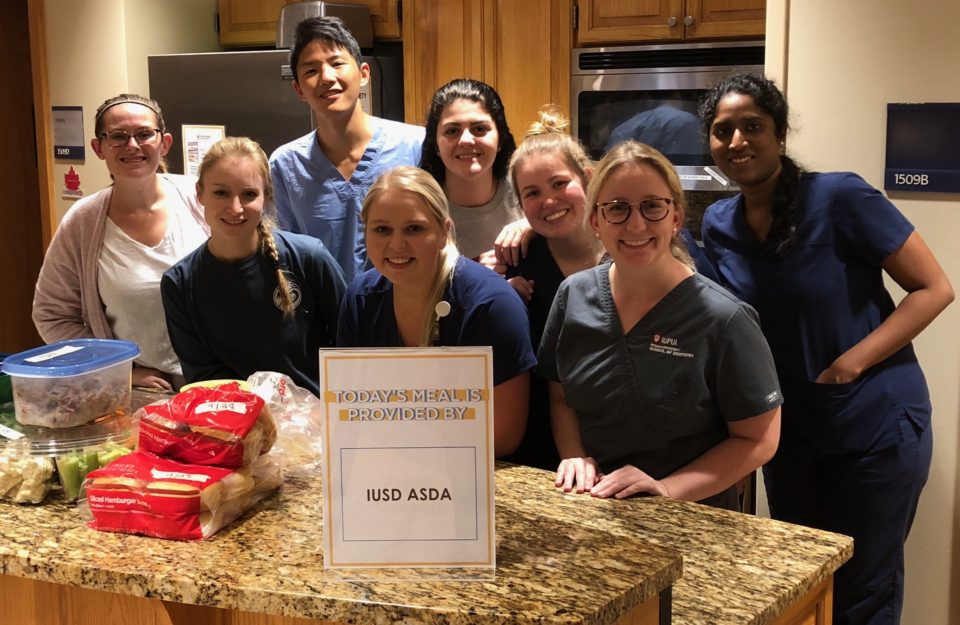
This past fall, our Indiana University School of Dentistry (IUSD) ASDA chapter partnered with our local Ronald McDonald House to serve families who are displaced while their seriously ill or injured child receives care at Riley Hospital for Children in Indianapolis. We helped provide home-cooked meals for families on a monthly basis, interacting with them and spreading information about our resources at IUSD, which is located across the street. These dinners also served as a time for the family members to share their child’s story and connect with other parents who may be going through similar experiences.
We established this programming because we recognized the need for volunteers at our local Ronald McDonald House, and with the facility being only a short walk away from the dental school, it became a no-brainer in terms of getting dental students and the dental school more involved.
One of the toughest parts of the dinners was hearing some of the heart-wrenching stories from the families. For example, one family had multiple other children at home over four hours away. We listened to how they balanced time between being with their child who was receiving treatment at Riley Hospital and tending to their other children at home. As a dental student, it is so easy to get caught up in the exams, crown preps and denture projects that we may forget about the hardships others are facing right in our backyard. Partnering with and serving at Ronald McDonald House taught us how to be a little kinder and more open to listening to and comforting those in need.
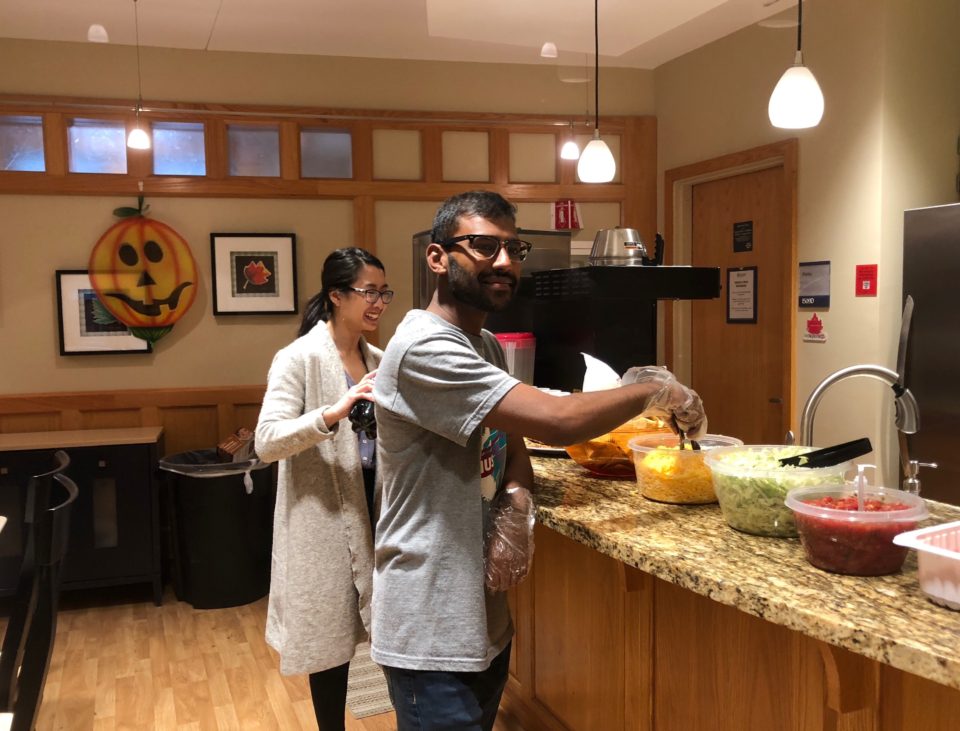
My experience at our dinners was always heart-warming and meaningful. Watching my fellow students come together in the kitchen to serve those away from their home for several weeks or even months allowed me to see how much can be accomplished when a group works together and how big of a difference just a warm meal can make.
It is important to continue outreach to displaced populations such as the families at the Ronald McDonald Houses. For children facing a serious medical crisis, nothing is scarier than not having family nearby for love and support. Ronald McDonald Houses provide places for families to call home so they can be near their child at little to no cost.

My advice for a student wanting to start their own outreach project for displaced populations is to tap into local resources to see how you can collaborate to give back. You can make an even bigger difference when multiple organizations come together united. In addition, be creative and optimistic, realizing that no matter how small or large the project is, ultimately, a difference is being made. This event has impacted my understanding of oral health by illustrating to me how without outreach events, those in the community who may need care the most might not know about it or receive it.
One thing I wish I’d known earlier about the event was how much the families at the Ronald McDonald House truly appreciated the meals and the interactions. I had no idea how meaningful this work would be, and I found that sometimes a parent just needed someone to listen to them. Participating in this event as a health care provider taught me how to truly get to know people in the community who are struggling in some of the most challenging aspects of life, having an ill or injured child. This event illustrated the importance of a group of volunteers coming together for a cause and making a difference in the lives of those displaced from their homes.
~Sydney Twiggs, Indiana ’21
ASDA thanks Colgate for their exclusive sponsorship of the National Outreach Initiative. This backing includes funding for the Dentistry in the Community Grant and free oral health care supplies to any chapter that requests them.
This content is sponsored and does not necessarily reflect the views of ASDA.
Wednesday, December 12, 2018
Serving the Boys and Girls Club as a predental

In January 2018, I began visiting the Boys & Girls Club of Jacksonville, Alabama. Through my involvement in my local community and its schools, I noticed that an overwhelming number of children lack professional role models. I wanted to help change that.
In a short time, my relationships with these children began to blossom. On any given day, there is an average of 20 children who come to the club after school. Their ages range from 6 to 10 years old. The kids are excited every time we walk in the door. I began to learn about each of their backgrounds, perspectives and needs.
Since I started volunteering, I have found many ways to connect with these children. Most days this includes playing a game of basketball, helping with homework and simply listening to their stories. There was one boy who would tell me about what it was like living in a two-bedroom apartment with 10 other family members. It didn’t take long to realize that he yearned for companionship with others, especially older mentors.
I began bringing my guitar to the club. When I took the guitar out of the case and began to play, the children would immediately drop what they were doing and came over to observe. One child asked if I played music for a living. I explained that music was a hobby, and I wanted to be a dentist “when I grew up.” The children immediately began to voice their opinions and feelings about going to the dentist, and most of them had feelings that were not positive or happy. Over half of them began to show me their various dental restorations and caries. It occurred to me that most of these children did not have access to adequate dental care. I also realized that the majority lacked the knowledge to practice healthy oral hygiene.
I knew something needed to be done. I approached a pediatric dentist whom I frequently shadowed and asked if her practice would donate dental supplies for each child. They graciously gave me a box filled with bags of hygienic products. Each bag contained an age-appropriate toothbrush, toothpaste and dental floss. I decided that I also could use this opportunity to educate the kids about oral hygiene. I scheduled a day to speak to them and distribute a bag to each child. They were ecstatic about receiving the bags and attentively listened while we discussed topics ranging from the importance of flossing to the damaging effects of sports drinks.
Initially, I thought this would be a one-time event to help point these children in the right direction. But after I saw the impact that a gift and education had on these children, it was apparent that this was just the first step. Over the past few months, I have been working to institute a program that would provide these kids and others like them with the necessary supplies to maintain their oral health. This project is still a work in progress, but I would hope to see it take off in 2019.
~ Andrew Clingan, Predental, Jacksonville State University ’17
Tuesday, December 11, 2018
New service to help dentists with transitions

ADA Practice Transitions was developed after field research uncovered a need in the marketplace for dentists who want to connect for both employment opportunities and to facilitate the transition of a practice from one owner to another but have had difficulty doing so. Research also found additional needs around learning skills related to basic business management, ownership, patient acquisition, purchasing and staff relationships.
Dentists from Wisconsin and Maine will be the first to test an online platform in the first quarter of 2019. Using an algorithm, the online service will match dentists with practice owners by considering aspects such as philosophy of care, personality traits, location and desired practice characteristics. The online platform also will offer tips, tools and training relevant to each dentist’s situation. An advisor will be assigned to the partnership to help facilitate the process and foster a positive relationship for both parties beyond the transaction.
In addition to the online platform, ADA Practice Transitions will also oversee the ADA board-approved pilot initiative to test the feasibility of purchasing up to two dental practices with an intention to sell the practices to dentists who express interest after a target period of time. This initiative was developed after research found a surprising number of practices that are closing down simply because the owner dentist could not find a buyer for the practice. Many of these practices are located in rural areas.
For more information on ADA Practice Transitions, visit ADA.org/PracticeTransitions.
~American Dental Association
This content is sponsored and does not necessarily reflect the views of ASDA.
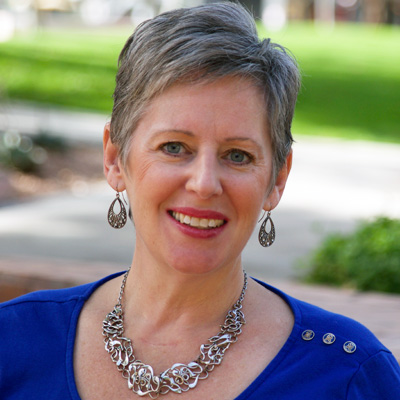 As the year winds down, naturally you think about what you want to accomplish in 2019. Clients of practice management consultant Jen Butler have the same thoughts. She takes them through a process of goal setting. In Jen’s latest column, she walks you through this process and how it can help your practice.
As the year winds down, naturally you think about what you want to accomplish in 2019. Clients of practice management consultant Jen Butler have the same thoughts. She takes them through a process of goal setting. In Jen’s latest column, she walks you through this process and how it can help your practice.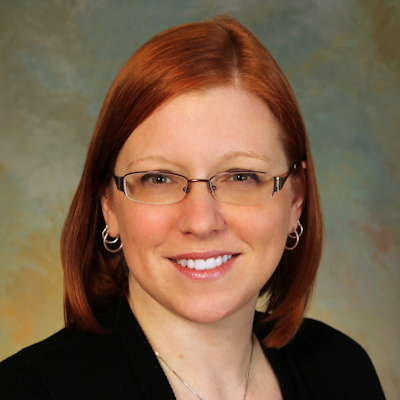 Does your practice accept credit or debit cards? If so, are you aware of the necessary security protocols to protect data? Sandy Coffta of Healthcare Administrative Partners shares some ideas to help your practice stay secure.
Does your practice accept credit or debit cards? If so, are you aware of the necessary security protocols to protect data? Sandy Coffta of Healthcare Administrative Partners shares some ideas to help your practice stay secure.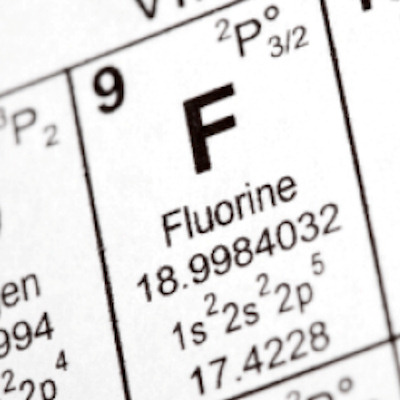 Ending community water fluoridation may have long-lasting oral health and financial consequences. Researchers found the number of caries treatments and their associated Medicaid costs soared in Juneau, AK, after the city stopped adding fluoride to its water supply.
Ending community water fluoridation may have long-lasting oral health and financial consequences. Researchers found the number of caries treatments and their associated Medicaid costs soared in Juneau, AK, after the city stopped adding fluoride to its water supply. What are key performance indicators, and why are they important? In his latest monthly column based on the most thought-provoking topics from the Dental Business Study Clubs, Dr. Roger P. Levin defines these indicators and illustrates how they can help your practice thrive.
What are key performance indicators, and why are they important? In his latest monthly column based on the most thought-provoking topics from the Dental Business Study Clubs, Dr. Roger P. Levin defines these indicators and illustrates how they can help your practice thrive. Could the dental office become a one-stop shop for oral and primary healthcare? The ADA Health Policy Institute evaluated the feasibility of incorporating some primary care tasks at the dental office. The idea may be more popular than you might think.
Could the dental office become a one-stop shop for oral and primary healthcare? The ADA Health Policy Institute evaluated the feasibility of incorporating some primary care tasks at the dental office. The idea may be more popular than you might think.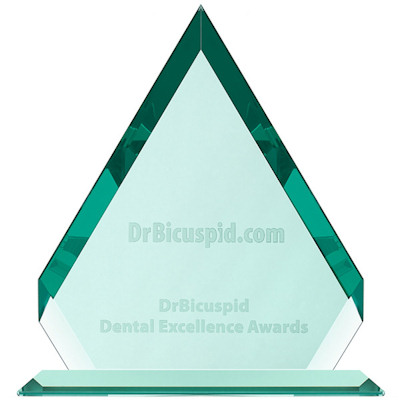 DrBicuspid.com is pleased to announce the winners of the 2018 Dental Excellence Awards. Please join us in honoring the best new products in dentistry. Awards will be presented at the Chicago Dental Society's Midwinter Meeting in February.
DrBicuspid.com is pleased to announce the winners of the 2018 Dental Excellence Awards. Please join us in honoring the best new products in dentistry. Awards will be presented at the Chicago Dental Society's Midwinter Meeting in February.
 If you want your teenage patients to brush and floss regularly, you may want to text them. In a new study, teenage orthodontics patients who received daily text reminders showed remarkably improved oral hygiene within a few weeks.
If you want your teenage patients to brush and floss regularly, you may want to text them. In a new study, teenage orthodontics patients who received daily text reminders showed remarkably improved oral hygiene within a few weeks. Patients who are frustrated with a practice's billing processes may decide to find a new dental home, according to recent research. How can your practice ensure this doesn't happen? Rebecca Farrington of Healthcare Administrative Partners suggests accepting electronic payments. She offers three reasons why your practice should consider this option.
Patients who are frustrated with a practice's billing processes may decide to find a new dental home, according to recent research. How can your practice ensure this doesn't happen? Rebecca Farrington of Healthcare Administrative Partners suggests accepting electronic payments. She offers three reasons why your practice should consider this option.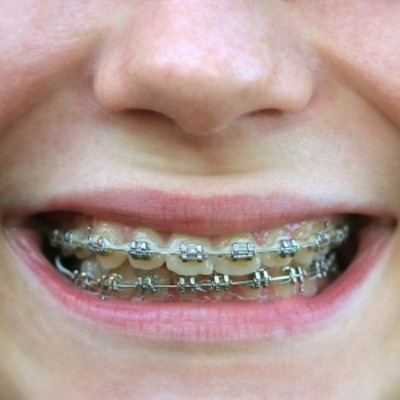 How do potential patients and their families make decisions about undergoing orthodontic treatment? The process can be complicated, in part because of the treatment's expense and largely cosmetic status, as well as the involvement of mental health factors. Researchers interviewed orthodontic patients to learn more.
How do potential patients and their families make decisions about undergoing orthodontic treatment? The process can be complicated, in part because of the treatment's expense and largely cosmetic status, as well as the involvement of mental health factors. Researchers interviewed orthodontic patients to learn more.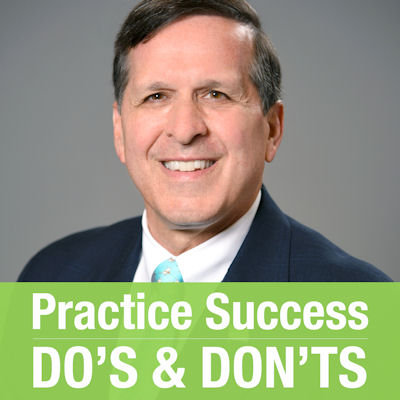 Just as with any business, one of the main reasons you run a dental practice is to make money. So it's illogical that you would wait long periods of time to collect payments or, even worse, not get paid at all. Collecting a debt can be uncomfortable, but avoidance isn't the answer, notes Dr. Roger P. Levin. Create an effective collections plan and stick to it.
Just as with any business, one of the main reasons you run a dental practice is to make money. So it's illogical that you would wait long periods of time to collect payments or, even worse, not get paid at all. Collecting a debt can be uncomfortable, but avoidance isn't the answer, notes Dr. Roger P. Levin. Create an effective collections plan and stick to it.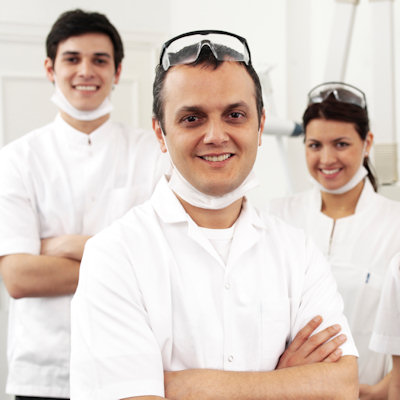 Is your practice at a point where you are considering adding an associate? It's a process that can lead to additional practice growth and satisfaction, but it also is a big step with many stages to consider. Cindy Bickers, manager of Henry Schein Nationwide Dental Opportunities, details the practical steps, some of which you may not have considered before.
Is your practice at a point where you are considering adding an associate? It's a process that can lead to additional practice growth and satisfaction, but it also is a big step with many stages to consider. Cindy Bickers, manager of Henry Schein Nationwide Dental Opportunities, details the practical steps, some of which you may not have considered before. The Action for Dental Health Act became law on December 11, 2018, after stalling for more than 18 months in the U.S. Congress. The law funds oral health promotion and disease prevention program and also aims to increase access to care in underserved communities. It is cited by both the ADA and Oral Health America as a victory for dentistry and public health.
The Action for Dental Health Act became law on December 11, 2018, after stalling for more than 18 months in the U.S. Congress. The law funds oral health promotion and disease prevention program and also aims to increase access to care in underserved communities. It is cited by both the ADA and Oral Health America as a victory for dentistry and public health. Where are the periodontists? As the number of people with periodontitis continues to increase in the U.S., are periodontal specialists located where they're most needed? To find out, researchers examined the geographic proximity of periodontal offices throughout the U.S. to the homes of the people who need their care.
Where are the periodontists? As the number of people with periodontitis continues to increase in the U.S., are periodontal specialists located where they're most needed? To find out, researchers examined the geographic proximity of periodontal offices throughout the U.S. to the homes of the people who need their care.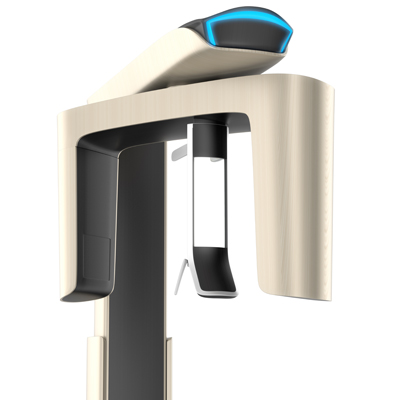 Researchers asked residents in oral surgery and orthodontics to make a diagnosis for nine different conditions by first looking at a panoramic radiograph and then at a cone-beam CT (CBCT) image. They reported on which modality was more accurate and the factors that might influence imaging decisions in a new study.
Researchers asked residents in oral surgery and orthodontics to make a diagnosis for nine different conditions by first looking at a panoramic radiograph and then at a cone-beam CT (CBCT) image. They reported on which modality was more accurate and the factors that might influence imaging decisions in a new study.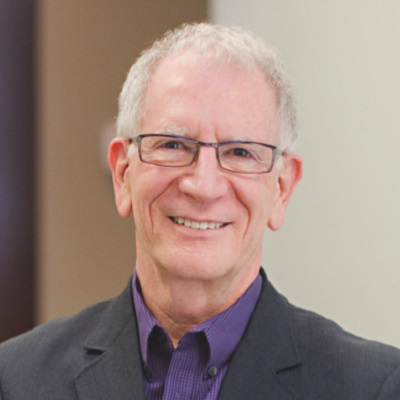 It's a question dentists and hygienists hear every day whether they are in the office or not: Why do our kids have so much tooth decay? Periodontist Dr. Alvin Danenberg writes that the roots of the issue are nutrition and activity.
It's a question dentists and hygienists hear every day whether they are in the office or not: Why do our kids have so much tooth decay? Periodontist Dr. Alvin Danenberg writes that the roots of the issue are nutrition and activity.